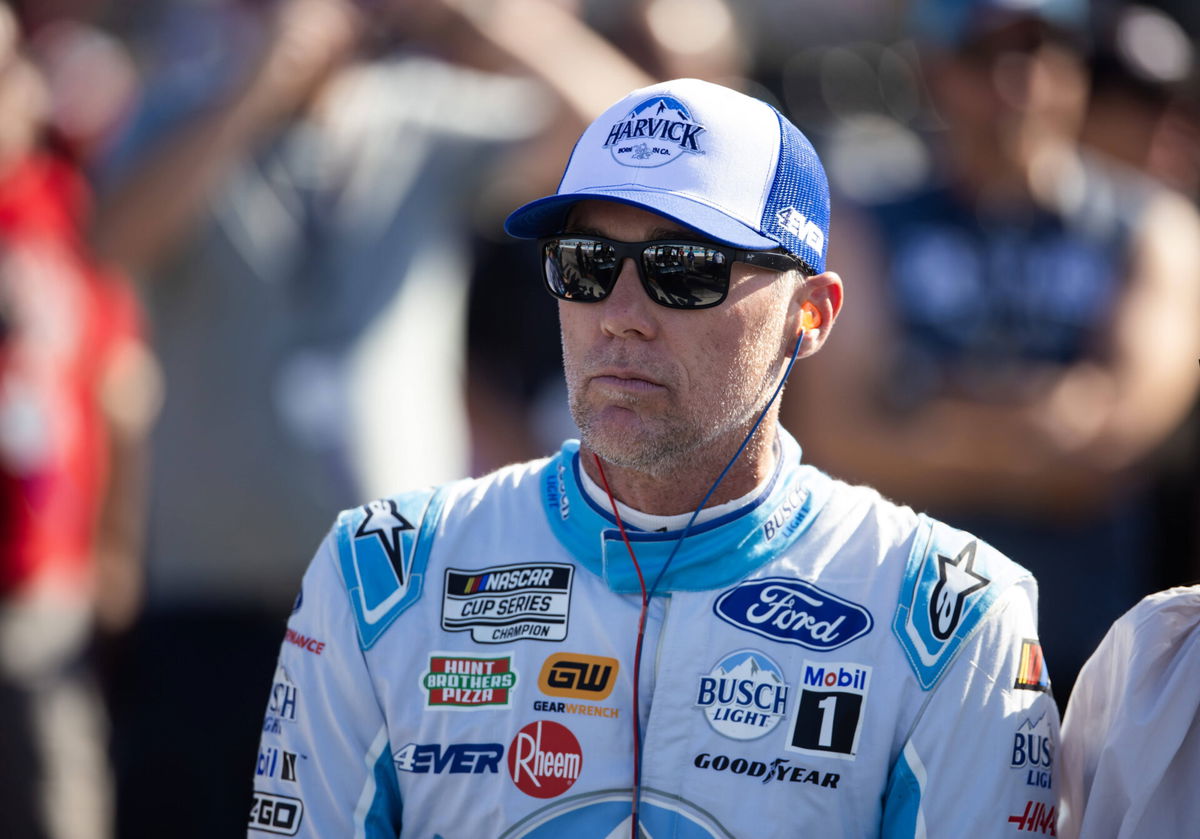
Imago
NASCAR, Motorsport, USA Cup Series Championship Qualifying Nov 4, 2023 Avondale, Arizona, USA NASCAR Cup Series driver Kevin Harvick during qualifying for the NASCAR Championship Race at Phoenix Raceway. Avondale Phoenix Raceway Arizona USA, EDITORIAL USE ONLY PUBLICATIONxINxGERxSUIxAUTxONLY Copyright: xMarkxJ.xRebilasx 20231104_mjr_su5_006

Imago
NASCAR, Motorsport, USA Cup Series Championship Qualifying Nov 4, 2023 Avondale, Arizona, USA NASCAR Cup Series driver Kevin Harvick during qualifying for the NASCAR Championship Race at Phoenix Raceway. Avondale Phoenix Raceway Arizona USA, EDITORIAL USE ONLY PUBLICATIONxINxGERxSUIxAUTxONLY Copyright: xMarkxJ.xRebilasx 20231104_mjr_su5_006
The 2025 Iowa Corn 350 at Iowa Speedway was an exercise in attrition that would test even the toughest Cup drivers. There were 12 caution flags for a total of 72 laps, turning the race into a fuel strategy chess match even more than a battle of pace. Later, at Lap 229, Carson Hocevar got loose and sent Zane Smith barrel‑side into the SAFER barrier, drawing furious confrontation afterward. Multiple spinners and bruisers including Chase Briscoe tagging Erik Jones on Lap 243, and Hamlin, Larson, Bell, all managed to either wreck others or themselves through the day. And as the dust settled on Iowa’s chaotic showcase, Kevin Harvick’s voice made sure the conversation wasn’t just about cautions and crashes, but about what’s powering the sport, and what’s holding it back.
Watch What’s Trending Now!
Amid the chaos and sluggish short-track handling at Iowa, where clean passes were all but impossible in dirty air, William Byron managed to pull off a masterclass. He led a race‑high 141 laps, managed to stretch his fuel 144 laps on a 100‑lap window, and held off pole-sitter Chase Briscoe by 1.192 seconds to win his second race of the season and take over the points lead. Drivers spent most of the day fighting aero wash and mechanical drag instead of racing, a performance that begged a question the garage hadn’t heard in years. Harvick didn’t hesitate to answer, calling out how NASCAR’s horsepower package failed its showpiece.
ADVERTISEMENT
“Slower than ARCA?” Harvick isn’t having it
Kevin Harvick isn’t sugarcoating it. On his Happy Hour podcast, the former Cup champion unloaded on NASCAR’s current horsepower configuration after the 2025 Iowa Corn 350, calling it a “PR ploy” and slamming the sport for allowing the Cup Series cars, its supposed premier machines to fall behind development-level speed. “The ARCA car outqualified the Cup car… And it was extremely difficult to pass. The slower you go, the harder it’s going to be to pass, the faster the mid-corner speed is.”
Chase Briscoe earned the pole with a lap time of 23.004 seconds (136.933 mph). That meant he was the fastest driver in the Premier Series that weekend, even faster than the race winner William Byron. In the ARCA qualifying for the Atlas 150, the support race held the night before Brent Crews put down a lap of 22.901 seconds (137.549 mph) during the timed session.
That means Crews was nearly six‑tenths faster than Briscoe’s pole lap, despite driving an ARCA car. This isn’t a rounding error, it’s a spotlight on how close or even faster the developmental series can be compared to the Cup lineup under certain track and setup conditions. “There’s just no reason that the Cup cars should be the slowest thing there on the weekend. They should not be slower than ARCA.”
ADVERTISEMENT
ADVERTISEMENT
Harvick pointed to the race itself as proof of how broken the system is. William Byron, who ultimately won, had one of the fastest cars all weekend but was unable to cut through lapped traffic early in the race. “It was extremely difficult to pass… It just takes away from being a Cup driver. And in the end, the cars are so damn slow they don’t race good.” Cars couldn’t build momentum, couldn’t slingshot past others, and couldn’t rely on horsepower to break free from the aerodynamic mess.
And then Harvick dropped the hammer: “They’re giving them that much horsepower instead of enough horsepower… It just seems like a PR ploy.” In his view, the entire situation is stalled not by logic, but by internal politics. Harvick pointed the finger at Toyota’s reluctance, Chevy and Ford’s readiness, and NASCAR’s fear of upsetting either side, all of which is leading to what he calls “striking out” on short track fixes. “I think the teams are as much of a holdup as NASCAR… Everybody’s got a position. NASCAR has to keep them all happy. But I don’t know how long you can just let the short track racing suffer like it does.”
ADVERTISEMENT
Top Stories
Greg Biffle Plane Tragedy: What Might Have Caused the Crash That Killed the NASCAR Champ and His Family
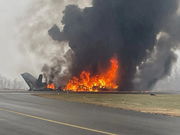
Another Almost Fatal Disaster Surfaces From Statesville Airport Amidst Ongoing Greg Biffle’s Crash Investigation
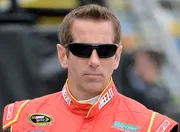
“The Biff”: NASCAR Fans Push for Legacy-Defining Award Named After Greg Biffle Following His Tragic Death
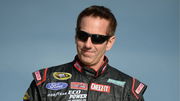
Footage Surfaces of Florida Police Arresting NASCAR Veteran Over Disturbing Public Misbehavior

Greg Biffle’s Haunting Aviation Admission Resurfaces Hours After Tragic NC Plane Crash
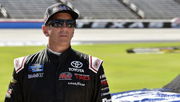
Horsepower bump likely delayed until 2026
For decades, NASCAR Cup cars stood out as the pinnacle of power and speed. But that image began to shift after the introduction of the Next Gen car in 2022, when NASCAR lowered the standard engine output to 670 horsepower on short tracks and road courses. This was a steep drop from the 750 horsepower package that teams had run on similar tracks for years, and drivers have felt the difference ever since.
That’s why Kevin Harvick and others have been vocal about raising the horsepower. Multiple Cup Series drivers, including Denny Hamlin, Kyle Busch, and Christopher Bell have called for a return to 750 hp or even more. Harvick summed up the broader sentiment when he said the current package is so limited that “the cars are so damn slow they don’t race good.”
ADVERTISEMENT
Despite the growing pressure, NASCAR isn’t making the change anytime soon. Senior VP of Competition Elton Sawyer confirmed that although discussions about horsepower increases are ongoing, no adjustments will not be made before 2026. The delay, he explained, stems from the need to align engine production and manufacturer agreements.
Kevin Harvick has long been vocal about the need to up the horsepower game. When Cup cars struggle to pass, get outpaced by ARCA entries, and lack the horsepower to showcase real racing, it signals deeper issues with the current package. While drivers continue to push for change, it’s clear those fixes aren’t coming fast enough. And until NASCAR finds a way to balance, short tracks like Iowa will keep falling short of expectations.
ADVERTISEMENT
ADVERTISEMENT
ADVERTISEMENT

